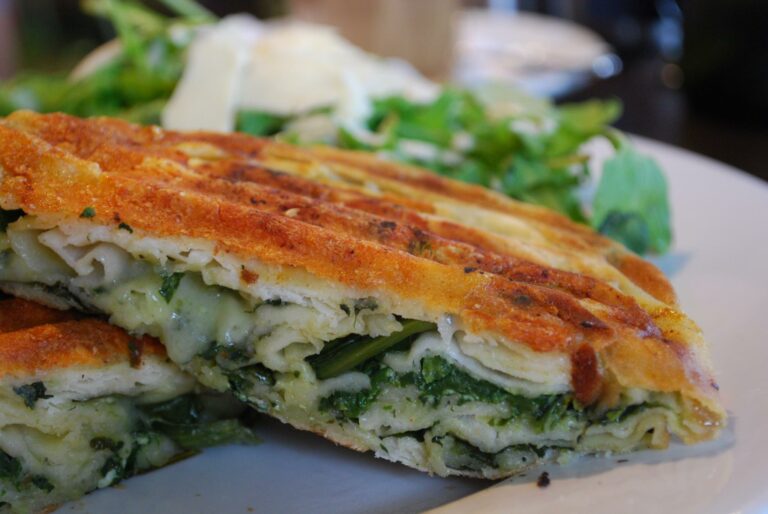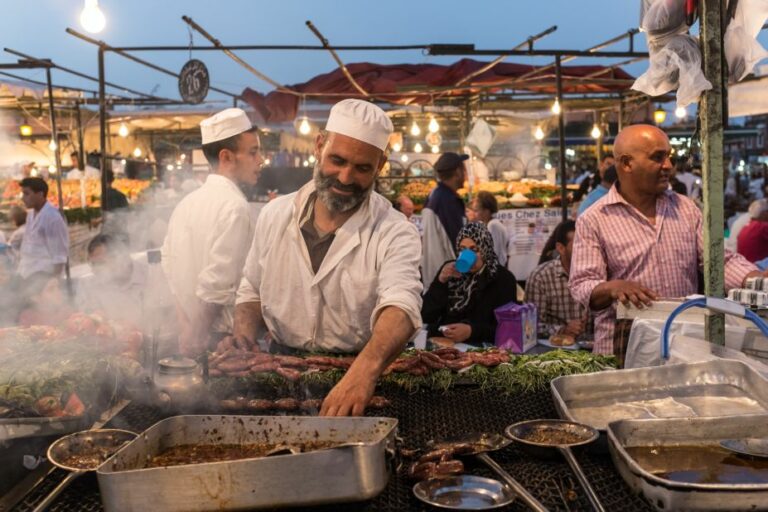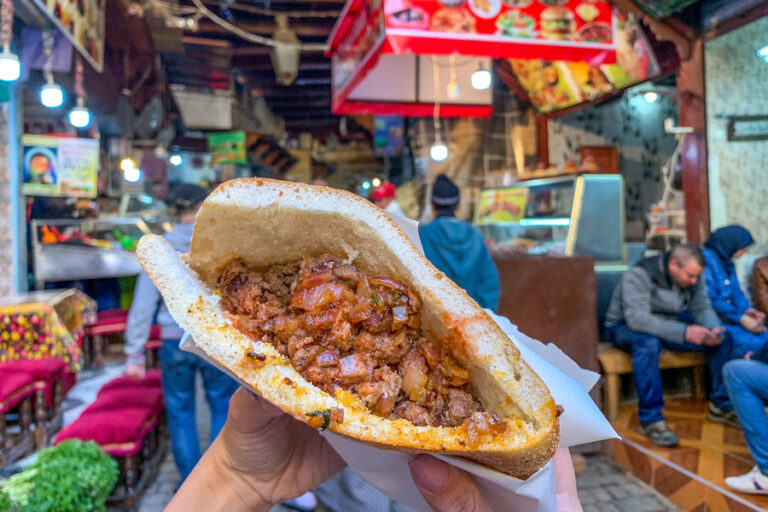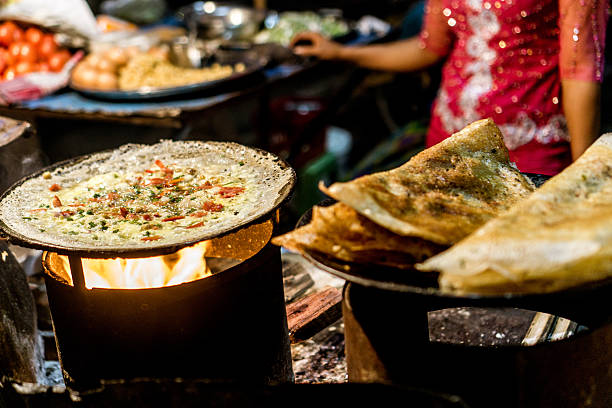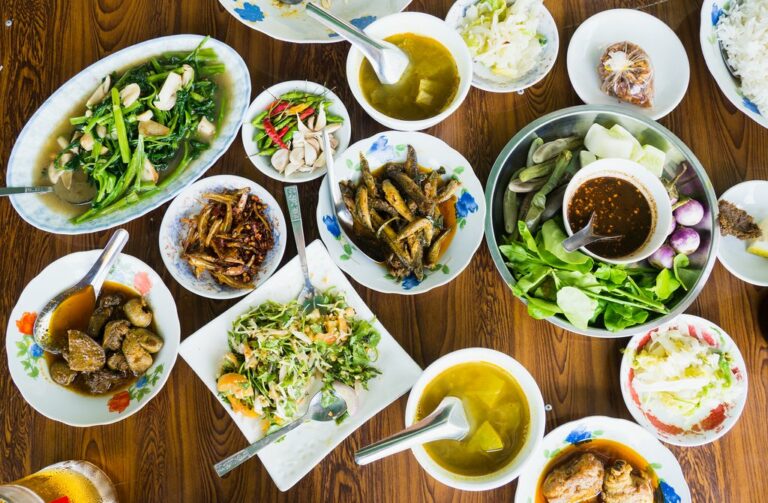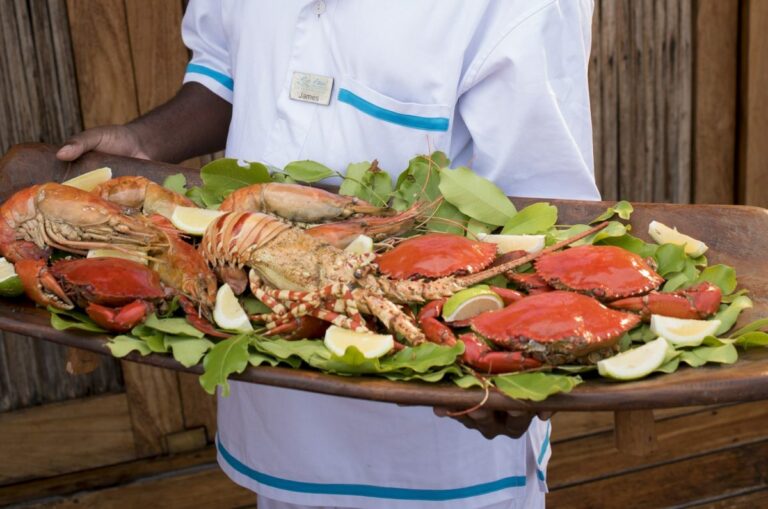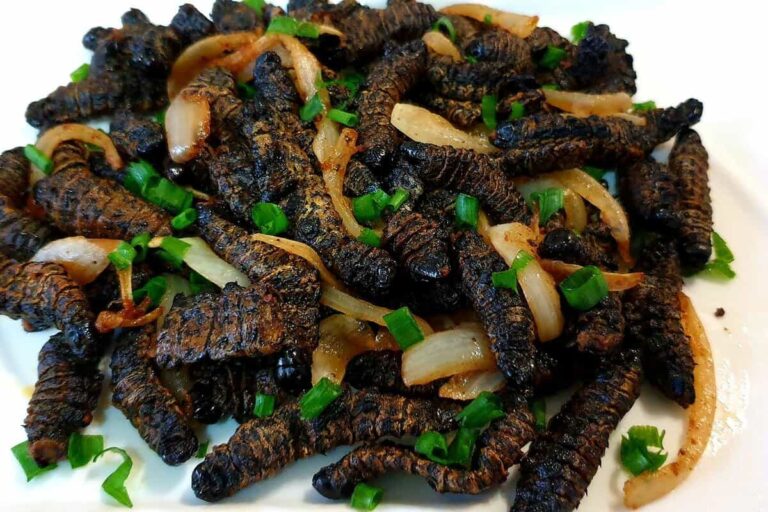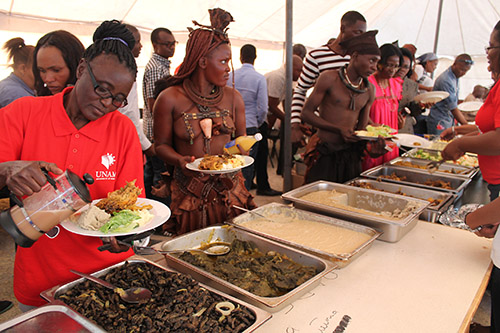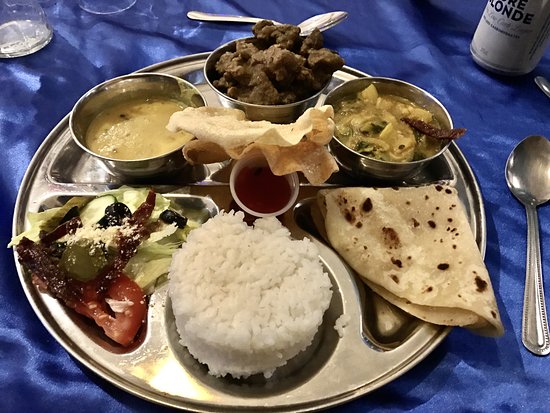Introduction: Street Food in Montenegro
Street food has always been an essential part of the culinary culture in Montenegro. The country’s streets are filled with vendors selling various types of delicious and affordable food items. From grilled meat to savory pastries, Montenegrin street food is a reflection of the diverse and rich traditions of the Balkans.
Historical Perspective: Evolution of Street Food in Montenegro
Street food has been prevalent in Montenegro for centuries. During the Ottoman Empire’s rule, Montenegro was an important trading center, and the streets were filled with vendors selling food items to locals and traders passing through the region. Over time, the cuisine has evolved, and Montenegro’s street food has been influenced by various cultures, including Turkish, Italian, and Austro-Hungarian. Today, street food vendors in Montenegro continue to adapt and innovate, offering a wide range of mouth-watering delicacies.
Montenegrin Street Food: What Does It Consist Of?
Montenegrin street food is a mix of meat, vegetables, and pastry-based dishes. Some of the most popular street food items include cevapi (grilled sausages), pita (a type of pastry filled with cheese, meat, or vegetables), and burek (a savory pie filled with meat or cheese). Other popular dishes include grilled meat skewers, stuffed peppers, and grilled vegetables. Montenegrin street food is known for its bold flavors, and locals and tourists alike consider it to be an integral part of the country’s culinary culture.
Street Food and Tourists: Montenegro’s Growing Attraction
Montenegrin street food has become increasingly popular among tourists in recent years. Many visitors are drawn to the unique flavors and affordable prices of street food, which offer an authentic taste of the local cuisine. The street food scene has become an integral part of Montenegro’s tourism industry, providing visitors with an opportunity to sample the country’s culinary culture and experience the vibrant atmosphere of the streets.
Challenges Faced by Street Food Vendors in Montenegro
Despite the popularity of street food in Montenegro, vendors face several challenges. One of the most significant obstacles is the lack of regulation, which can result in unhygienic conditions. Additionally, street food vendors must often compete with established restaurants, which have more resources and marketing power. However, many vendors have found creative ways to overcome these challenges, such as developing a loyal customer base and leveraging social media to promote their businesses.
Conclusion: The Future of Street Food in Montenegro
Montenegrin street food is an integral part of the country’s culinary culture, and its popularity is only expected to grow in the coming years. As more tourists discover the unique flavors of Montenegrin street food, vendors will continue to innovate and adapt to meet their needs. With the right support and regulation, street food in Montenegro has the potential to become a thriving industry, providing locals and visitors alike with a taste of the country’s rich culinary heritage.

